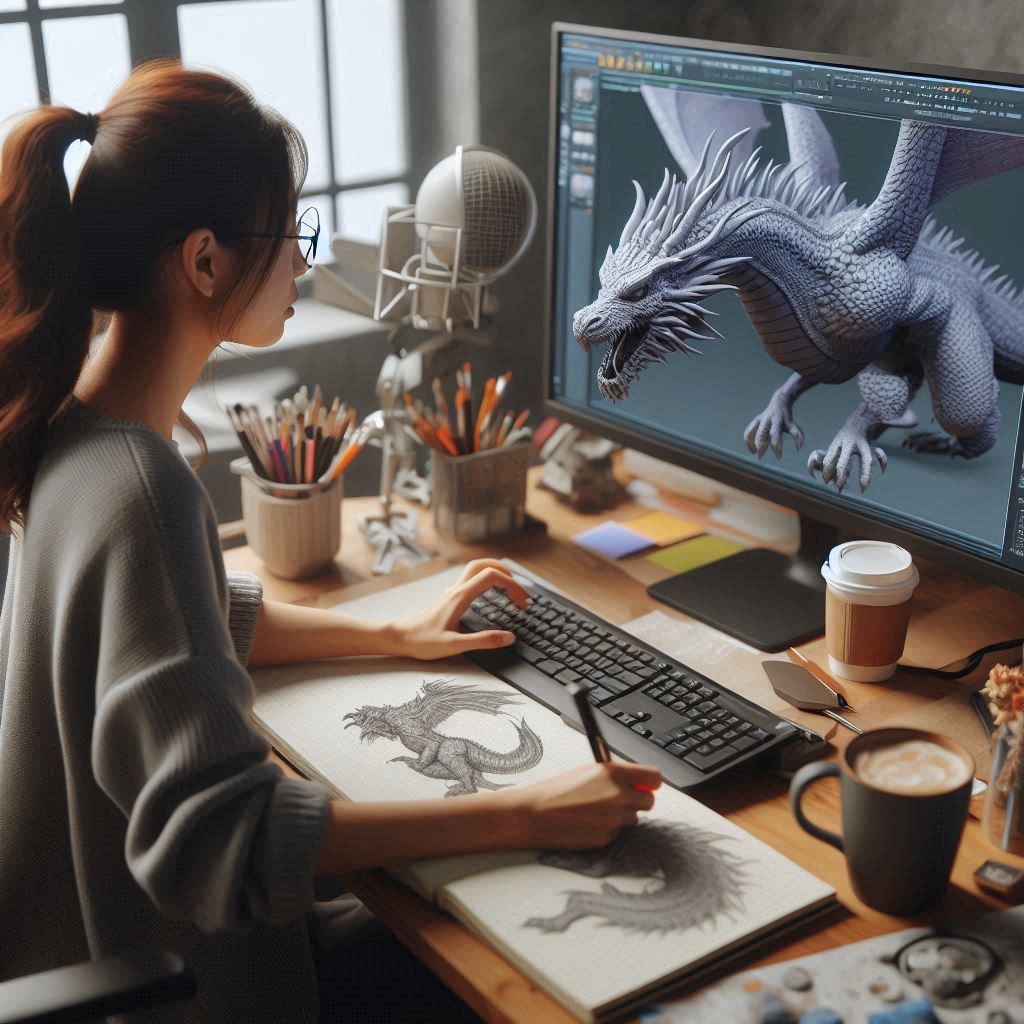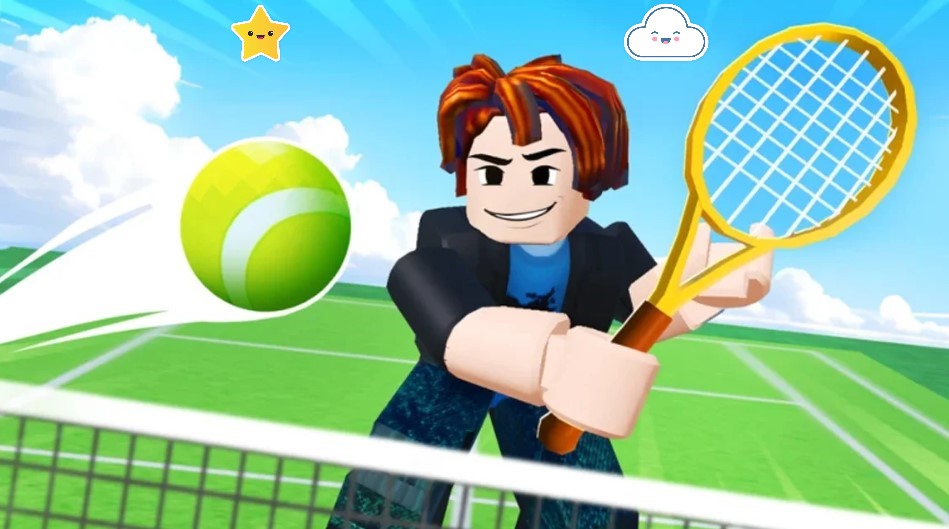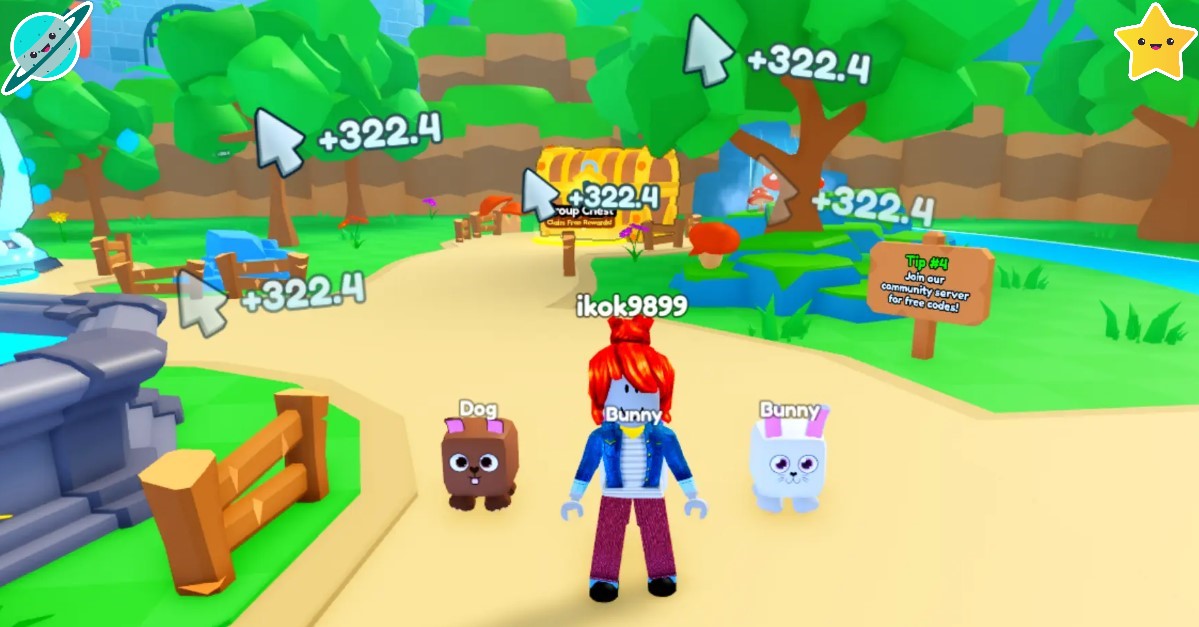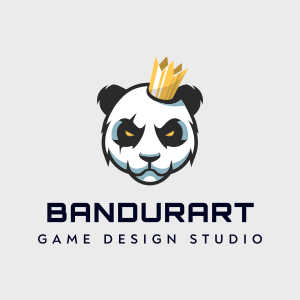Is It Worth Learning How to Make Textures for 3D Models?
Making textures for 3D models is not as hard as people think. Details indeed matter, but there are many methods to get top-quality results. You can use special software for 3D modeling and also use 2D tools like Photoshop or GIMP. Actual images from daily life or drawings could assist you in breaking through the barrier of your imagination. The BandurArt team is going to explore how to make textures for 3D models in the most relevant ways for the contemporary demands of the gaming industry.
What Is Making Textures for 3D Models?
3D texturing, in simple terms, is the method of putting surface detail and color onto a 3D model. This assists in making it appear more genuine and full of life. 3D textures are used on the model’s surfaces to create depth, structure, and visual details. These textures could be colors, patterns as well as bumps among other features applied for artistic effect.
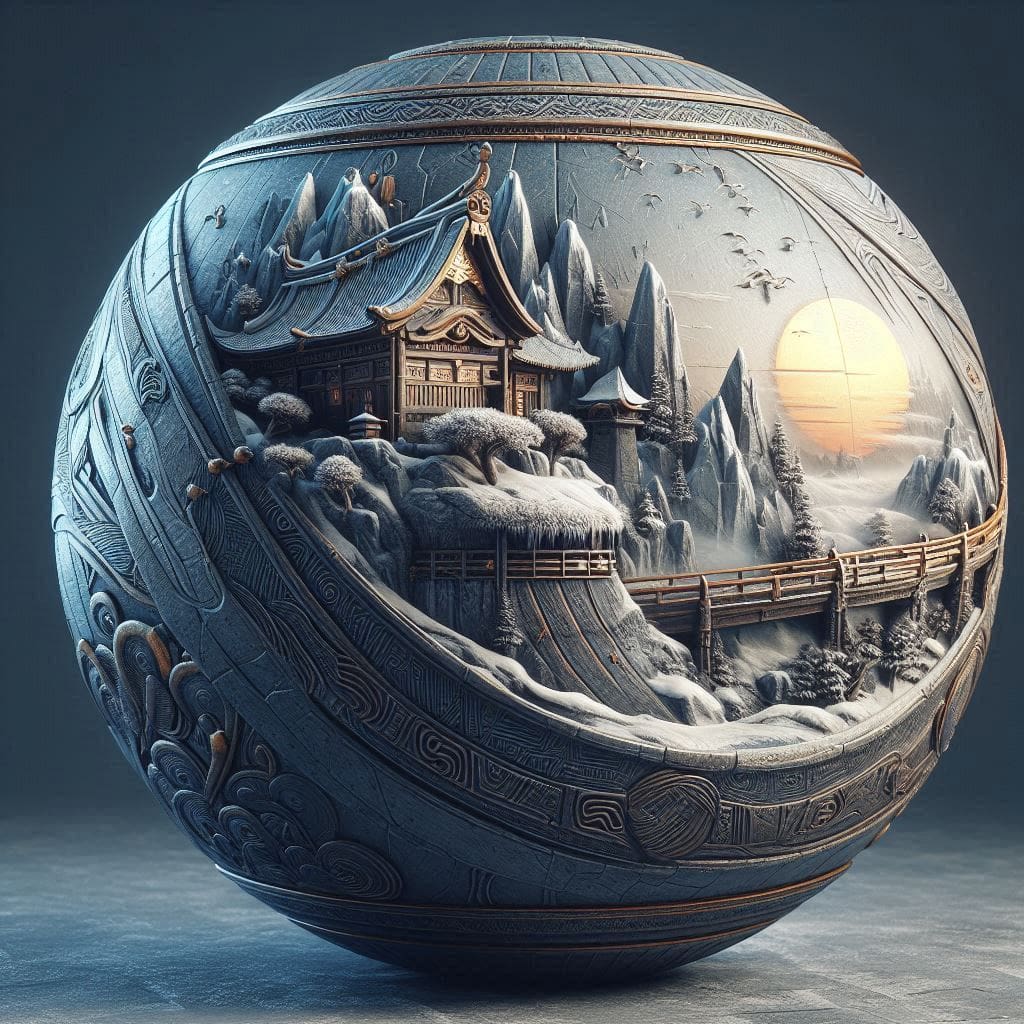
The process of adding these textures can be done using software tools that allow one to select different types of texture or even paint directly onto specific parts of the model’s surface with precision like an artist applying paintbrush strokes on canvas.
3D texturing holds a very important role when it comes to animation in video games and movies. Knowing how to make textures for 3D models gives life to characters, surroundings, and items by providing details, color, and a realistic look. This makes them appear more lifelike and convincing for gamers, viewers, and users alike.
Types of Textures for 3D Models – Free and Paid
- Solid Texturing. Modifies color differences at each model point, permitting detailed alteration of color and gloss;
- Geometric Texturing. It uses genuine pictures on 3D surfaces, allowing you to modify their shape and look;
- Static Texturing. It involves painting a fixed texture onto a model, without surface variations;
- Surface Texturing. This method involves adding intricate features to the surface of a model, which demands more polygons and stronger computers;

How to Make Textures for 3D Models – Common Techniques
There are several techniques used in 3D texturing, including:
- Painting. This technique uses 2D programs like Photoshop, Mari, or Substance Painter to paint and create textures directly on the 3D model;
- Decals. These are 2D images stacked on top of one another. Typically, they function as minor details, decals, or emblems for the model;
- Procedural Texturing. It is often used in video games and 3D animation to simulate natural elements like clouds, water, and fire since it makes textures that are difficult to create by hand easier;
- Sculpting. It helps give textures—such as folds in cloth, fish scales, or wrinkles on the skin — a more three-dimensional, realistic appearance;
- PBR Textures. Physically Based Rendering (PBR) is the process of creating textures that mimic the way light interacts with things in real life;
- Photogrammetry or Image-based Texturing. This method is widely used in architectural and product design to replicate materials like stone, metal, and wood;
- Displacement Mapping. It may be used to modify how light reflects off an object’s surface, making materials glossy or reflective;
- Normal Mapping. The direction of the surface is stored in a normal map that is created during the normal mapping procedure;
- UV Mapping. Texture mapping, also referred to as UV mapping, is a crucial step in 3D modeling. This method is frequently used in 3D animation and game development to produce textures that complement the size and form of an object’s surface;
These techniques are widely used by the BandurArt team in game illustration services as well to demonstrate how 3D models will look in a ready gaming project.

How to Make Textures for 3D Models – The Most Popular Programs
- Adobe Photoshop (paid, with a free trial)
Adobe Photoshop is well-liked and flexible, often applied in the CG sector for making textures on 3D models. It offers features like constructing textures or maps from nothing, using filters and layer styles, as well as adjusting layers. Even though it is an industry benchmark, the model of subscription might not be suitable for everyone. It is the most popular software and any 3D artist should definitely learn how to make textures for 3D models in Photoshop to be competitive in the market.
- ZBrush (paid, with 30 days free)
ZBrush is the recognized leader in 3D sculpting and texturing. It provides strong, adjustable 3D brushes and functions smoothly with models that have many polygons. You can use it to craft amazing visuals for marketing purposes. At first, learning the interface might be difficult but there exists a lively online community for help.
ZBrush is thought as the main tool for 3D sculpting (known also as painting on models) and texturing inside the industry. It provides powerful custom-made 3D brushes that are good at working with high-polygonal models, making it a suitable pick for creating great visuals mainly used by marketing people.
But when you start using this software, its interface can seem difficult to learn initially because of its unique features.
- Blender (free, with paid options)
We strongly recommend learning how to create textures for 3D models in Blender because it is simple and free. Blender, being an open-source program, is quite useful for various tasks in 3D production. You can watch a few YouTube video tutorials to learn the Blender basics.
It can handle custom 3D modeling as well as rendering and animation stages. The good thing about Blender is that it has a user-friendly interface and an active online community which ensures there are plentiful tutorials available along with quick bug fixes provided by its strong user base.
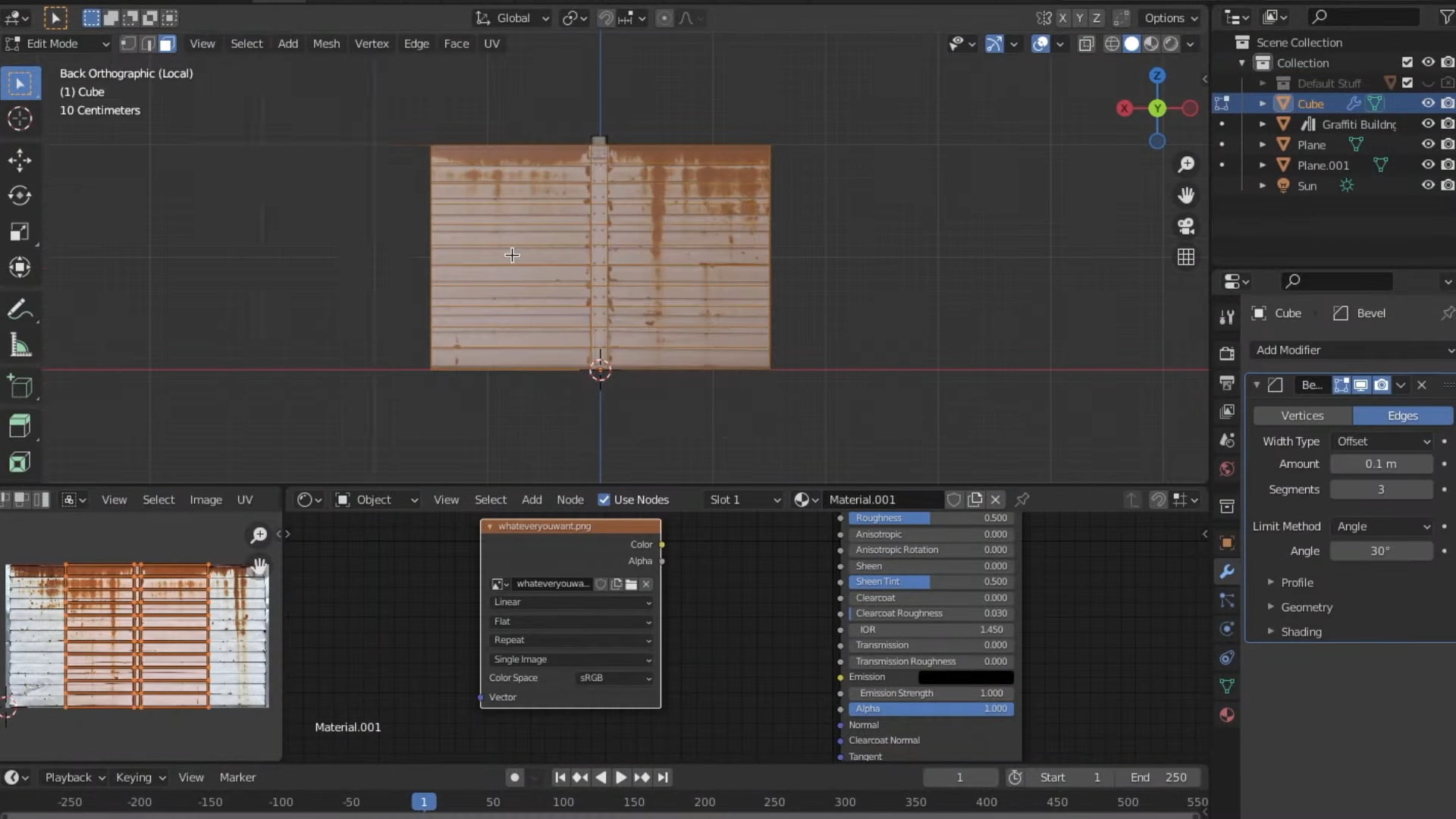
On the other hand, some people might find Blender to be less specialized specifically in texturing compared to other software options like Substance Painter or Mari due to their dedicated focus on this area of work.
- Autodesk Mudbox (paid subscription, no free trial)
The most professional software for creating 3D model textures costs only $ 10 months. Autodesk Mudbox is recognized for its ease of use and adaptability in texturing 3D models, with a particular focus on 3D painting. It provides artist-friendly sculpting and painting features, as well as advanced retopology tools to create superior meshes. While there are a few downsides to the app, some users find Autodesk’s pricing unreasonable.
Other popular software packages and tools you can use when learning how to create textures for 3D models – are Adobe Substance 3D Painter, 3DCoat, Mari, and 3D Maya. Additionally, you may use hand drawings and transfer them into 3D models with volume. You can also check the Reddit thread to get ideas on how to make textures for 3D models.
How to Make Textures for 3D Models – Basic Steps
The process of creating realistic 3D textures involves several steps:
1) UV Unwrapping
The first step is about putting a 2D texture on the 3D model, like wrapping something up. This kind of work happens in a computer program for making 3D models and it lets us resize and move the texture to make good quality objects.
2) Texture Painting and Shading
In this stage, we put in different auxiliary digital parts and do texture painting plus shading on the object to give it more volume and relief.

3) Lighting & Rendering
Lighting is very important for accurate rendering because it produces sharp effects on the image. It’s crucial to think about where the lighting sources are coming from to create a realistic appearance.
4) 3D Model Texture Mapping
At this final stage, you put the texture onto 3D models. You should think about where the object is in space and how it turns compared to what you see.
Tips for Creating Textures for 3D Models:
- Work better at character and animal texturing, focusing on head, face, and skin;
- Asset texturing is also important, especially in different lightning;
- Use second patterns in lava stretching;
- Use the technology of procedural textures;
- Use reference images;
- Look at the fine points;
- Use multiple texture maps;
- Try different materials;
- Use displacement maps;
If you use these hints and methods, your textures in 3D models will become more authentic and visually pleasing.
Frequently Asked Questions
Which software is best for creating textures for 3D models?
We have already covered there are many tools you can use to make textures for 3D models. Substance Painter, Mari, and ZBrush – to name a few. The developer’s choice is based on your particular requirements and likings. You may try different software to see which one fits nicely into your method of work process.
What are some advanced techniques for creating realistic 3D textures?
A beginner developer may use different to improve the work with textures for 3D models.
For example, procedural texturing, driven by algorithms, can dynamically make textures. It is an effective method to create complex and varied surfaces. Substance Designer and Substance Source are tools that give a workflow using nodes for procedural texturing, as well as having many materials ready to use which promotes efficiency and flexibility.
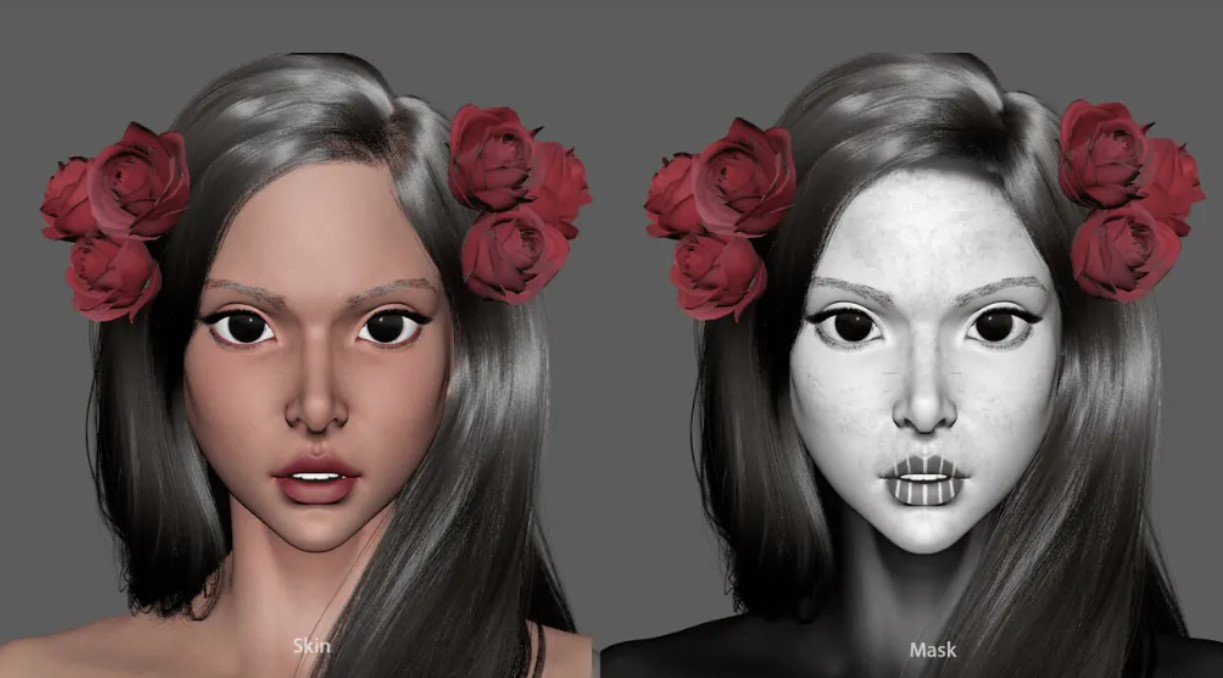
Another example is photogrammetry which takes numerous photos and turns them into 3D models and textures. For example, you may create clothing for 3D model textures from photos in a quite cost-effective way to get stunning visual results. It is a must-have feature for ultra-realistic games.
Conclusion
Hopefully, this guide will help you to begin a career as a texture artist for 3D models. It is not that easy to learn how to make textures for 3D models in the gaming industry but it is rewarding. The most important thing for a beginner artist is to create a portfolio with numerous examples. And practice, practice, practice, rest, and then practice more.

